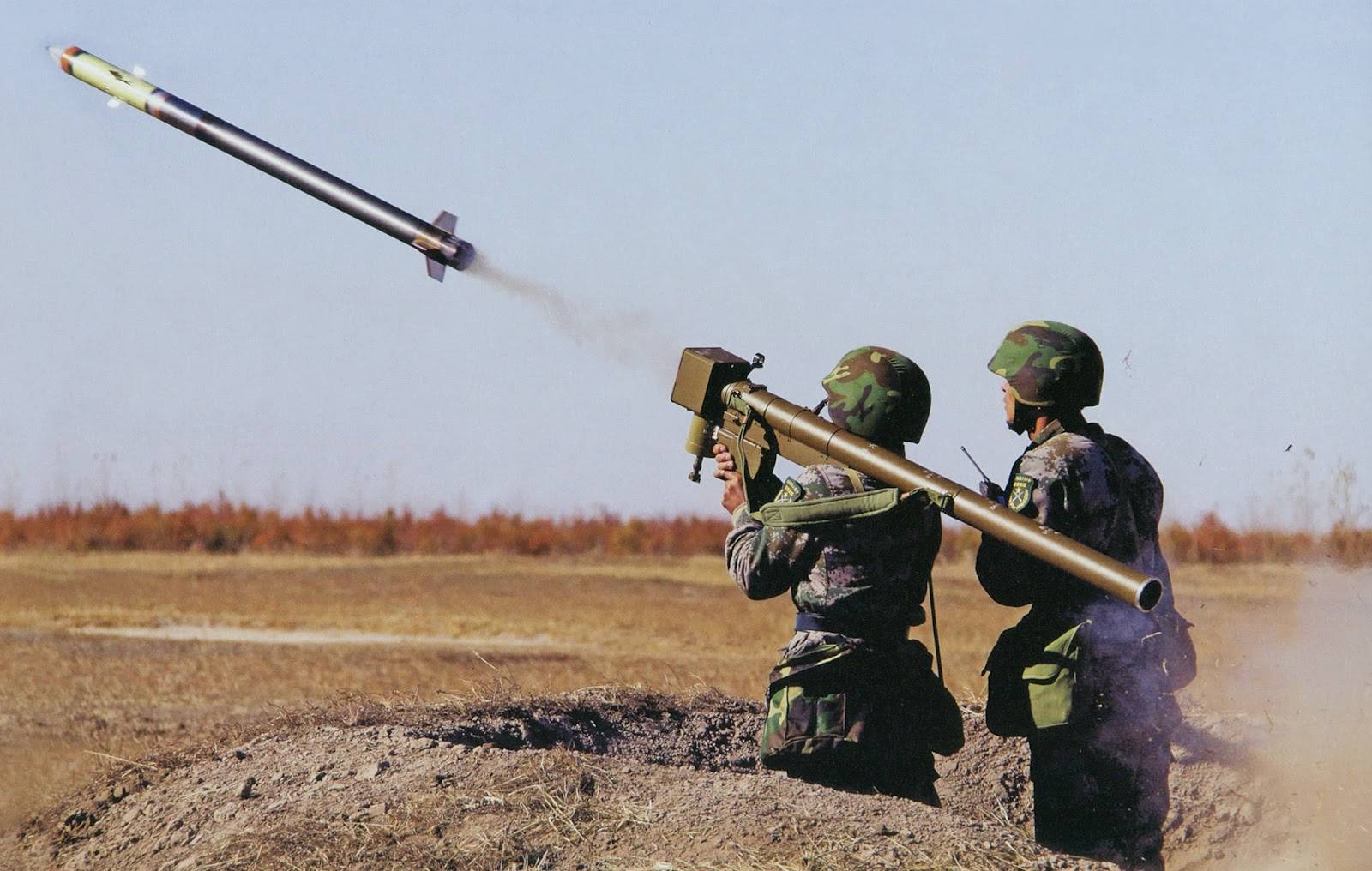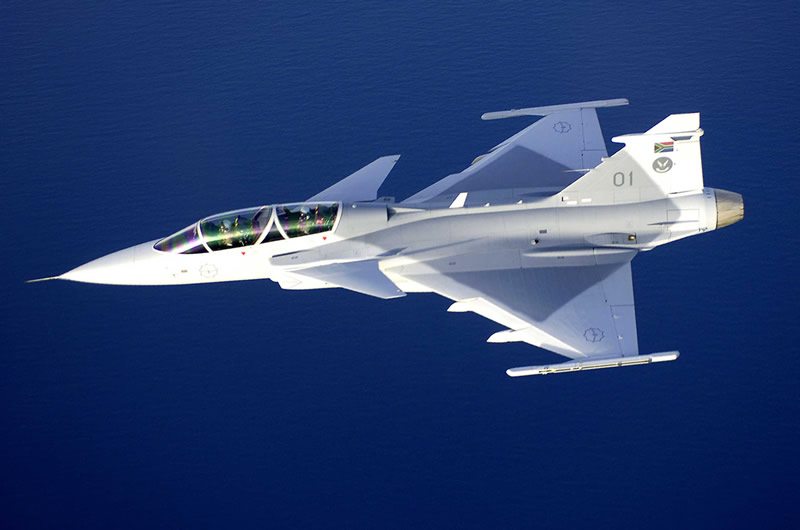The spread of portable anti-aircraft missiles in the Middle East and North Africa could pose a threat to aviation security if the weapons fall into the hands of Islamic extremists, a report said on Wednesday.
The easy-to-use, lightweight weapons, or man-portable air defense systems (MANPADS), are proliferating due to looted stockpiles in Libya, arms trafficking and weapons sales to Iraq and other states, said the report from the Small Arms Survey, a research center based in Geneva.
“The risks associated with international trafficking of advanced MANPADS are heightened by the rise of IS (Islamic State group) in the Middle East and North Africa,” the report said.
“Shooting down a commercial airliner would be consistent with the group’s use of increasingly brutal acts to heighten its international profile,” it said.
“To the extent that IS and its affiliates can obtain access to advanced MANPADS, this represents a particularly acute threat to aviation security,” it said.
The report added that even an unsuccessful attack could disrupt air travel to a particular region, “at least temporarily,” it said.
Despite a concerted, international effort to stem the flow of the lethal weapons over the past decade, militants continue to acquire the missiles from poorly guarded depots and through trafficking networks, it said.
The report, presented at a conference organized by the Stimson Center think tank in Washington, showed that an anticipated rise in MANPAD attacks using weapons looted from Libya have not materialized.
But a new generation of more advanced versions of the missiles have been spotted among militants in Iraq and Syria, it said.
“These systems include the Russian Ingla-S — a third generation system with an improvised range, warhead, and fuse — and the Chinese FN-6, which also features several notable improvements over the first-generation MANPADS currently available in North Africa,” it said.
Armed militants in Iraq and Syria “have acquired dozens” of the newer MANPADS, it said.
The Iraqi government has bought the Russian-made system, as part of a $.4.2 billion contract with Russia signed in 2012.
South Sudan has purchased the Chinese-made weapons while the government of Sudan has plans to manufacture a shoulder-fired missile similar to the Chinese FN-6, it said.
But the report said it was unclear if those countries could ensure the security of depots housing the MANPADs.
A recently published photo of a Chinese FN-6 reportedly taken in Libya suggested extremists may have gotten their hands on the sophisticated weapon, but there was no additional evidence to confirm that possibility, it said.
The former Libyan regime led by dictator Moamer Kadhafi never imported the Chinese FN-6.
A NATO air war in Libya in 2011 backed rebel forces that ousted and killed Kadhafi. But security has since deteriorated and stockpiles of shoulder-fired missiles and small arms were looted.
Trafficking of the Libyan MANPADS has been reported in at least nine countries in North Africa and the Middle East but not all the accounts can be verified, the report said.
The use of improvised batteries by militants also has extended the life of the older missiles, the report said.











